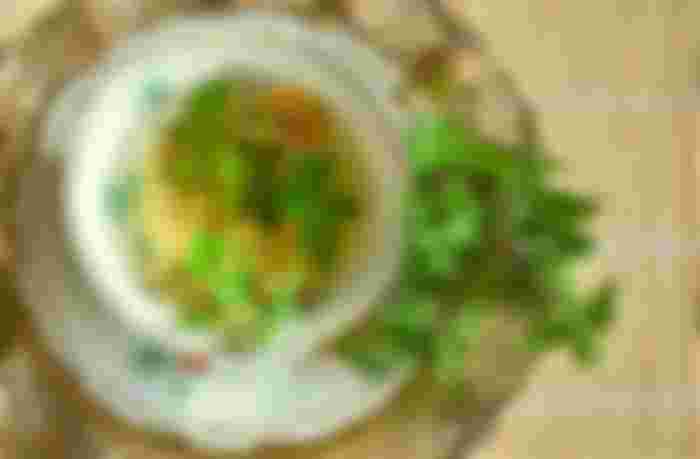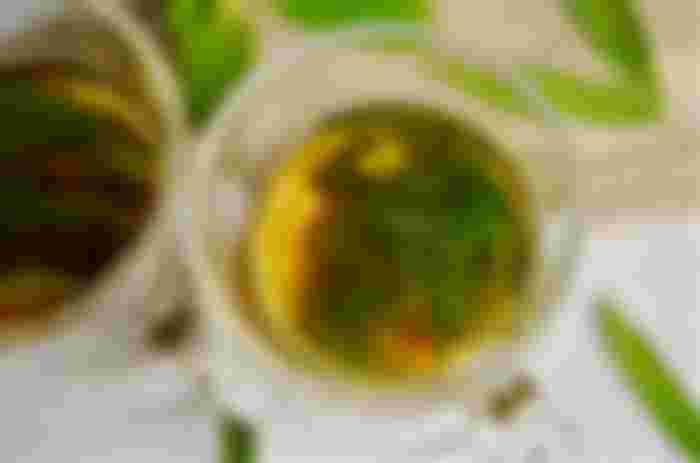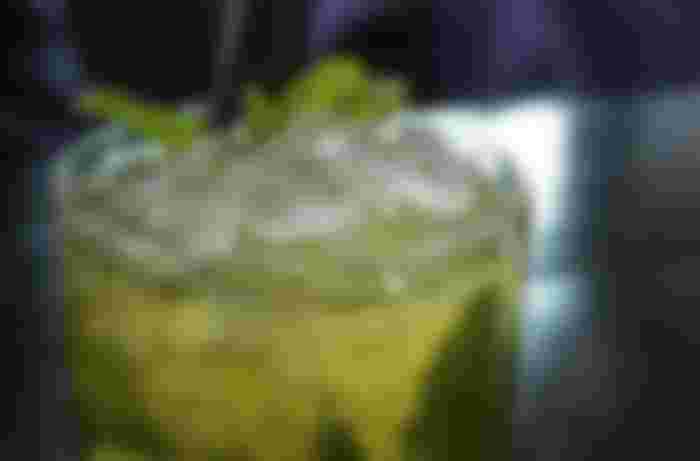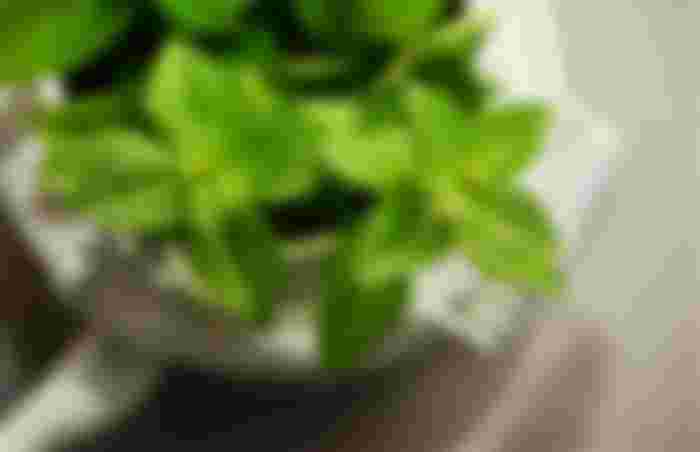For thousands of years, medicinal plants have thrived in various natural areas. Nevertheless, people do not know all the secrets that nature provides. It is not enough to know herbs and its general characteristics, but we also need to know when is the right time to harvest them. Today we will have a look at "Peppermint" (Latin name: Mentha piperita).

Peppermint is a perennial herb that shoots round a 60 cm tall stem with branched leaves and a bar cluster of flowers. The leaves are driven in pairs and are oval in shape, about 6 cm long with sawed edges. Separate the white mint, which has mild inexperienced leaves and stems, and the black peppermint, which has the stem and leaves colored purple. The vegetation is adorned with a reddish-purple color and scent of menthol.
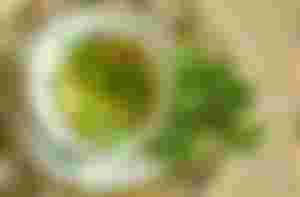
The recommended time for harvesting is between July and August. The plant is frequently present in gardens and is cultivated by humans, but is also discovered in the wilderness around the world. We also know curly mint (Mentha crispa), common black mint (Marrubium vulgare), apple mint, wild mint and many different associated herbs with a similar name.

Peppermint can be used to obtain essential oil. It is specially useful as an additive in a variety of confectionery and sweets, alcohol liqueurs and personal care products. The following health benefits we know so far: due to the menthol content, it cools the mouth, ointments cools pain or itching, tea helps with belly problems, reduces the possibility of nausea, herb extracts are used in nasal drops for a cold nose and in the form of spray for a sore throat. Peppermint oil will increase the manufacturing and secretion of bile, and menthol helps to disinfect it. However, mint tea is the most recommended, as it additionally consists of bitterness, which stimulates urinating, promotes digestion and reduces bloating. The plant also prevents fainting, relieves spasms of the inner organs, and menthol expands the venous veins, which are fundamental for the blood supply to the heart wall.

Peppermint can be made using hot water in a cup with one teaspoon of leaves, which can be consumed up to three times a day. The tincture can be used 2-3 times a day with a few drops only occasionally. In particular, dried leaves are used in dishes with average addition, barring mixing with other herbs. It can be paired with yoghurt, salads, potatoes, peas and other similar foods.

One interesting thing to mention is the Peppermint story:
In historical Greece mythology the goddess Persephone presumed his husband god Hades of getting a tryst with a fairy named Minthe. In a desirous fierceness, she enchanted the fairy into an herb (therefore the origin of the name Minthe).

It can be stated that Peppermint is a plant that helps with many health problems and is consequently noteworthy for a deeper observation.
A disclaimer: OF COURSE, IT IS STRONGLY RECOMMENDED THAT YOU DISCUSS ALL INFORMATION REGARDING WITH HERBS WITH YOUR DOCTOR OR PHARMACIST BEFORE USAGE!

